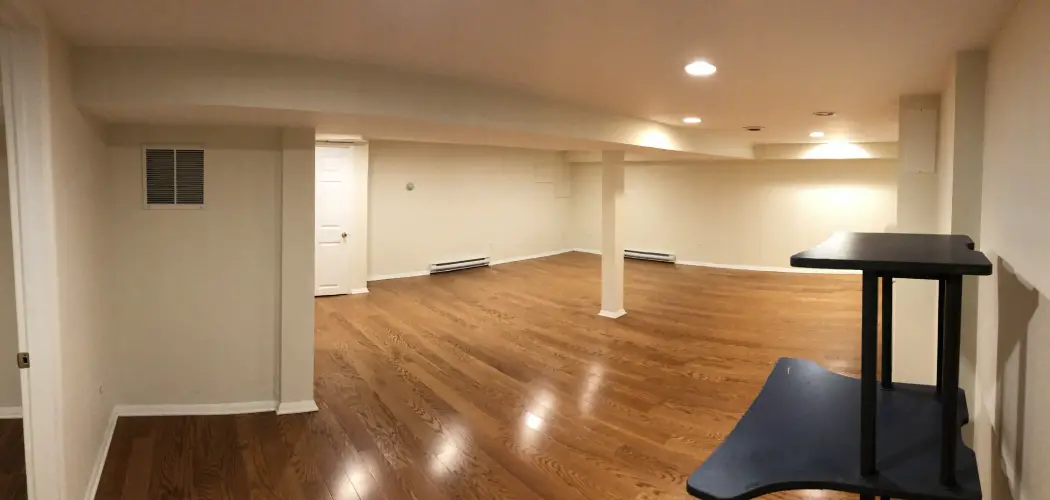Do you have a dingy basement that needs a makeover? Perhaps it’s damp and dark, with only a few pieces of furniture scattered across the cold concrete floor. But before you start thinking about where to put the couch and grabbing some paint swatches for your walls, it’s important to take steps to make sure your basement is safe and healthy enough to live in.
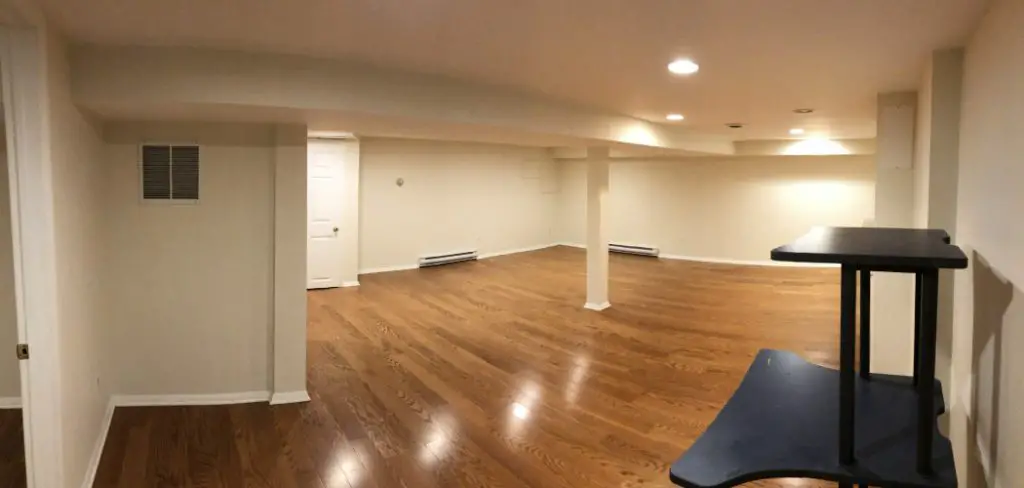
With safety being of paramount importance, there are certain regulations and features you need to consider – from waterproofing techniques to checking building codes – so that you can transform your basement into an inviting living space. Read on for tactics on how to make a basement safe to live in!
9 Best Ways on How to Make a Basement Safe to Live in
1. Inspect the Structure:
When it comes to checking if your basement is safe enough to live in, look for signs of any structural damage that might compromise the integrity and stability of your home. Some things you should watch out for include cracks in walls and floors, water spots on ceilings or walls, buckling hardwood floors, and damage caused by flooding. If present, you’ll need to call a structural engineer or contractor to make the necessary repairs.
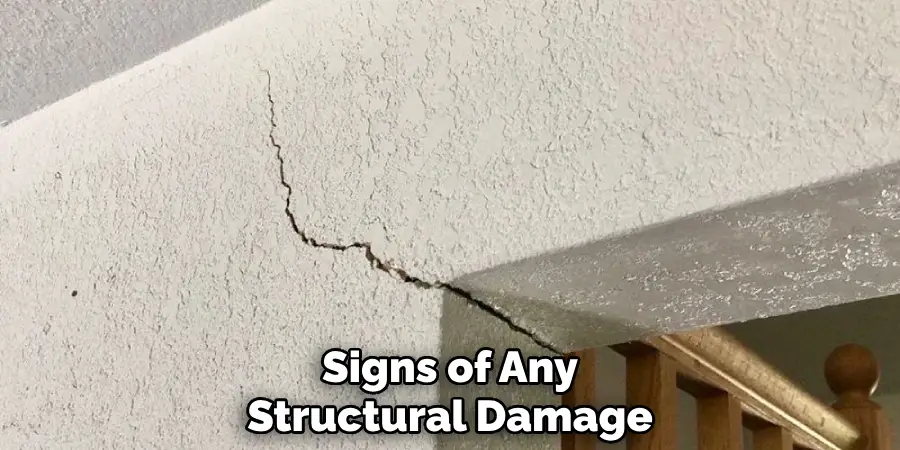
2. Check Building Codes:
It’s also important to familiarize yourself with local building codes in your area so that you can ensure that all of the safety requirements are met. This includes things like fire sprinklers, smoke detectors, and window size – all of which need to be installed in order to meet the code.
3. Install a Sump Pump:
If your basement is prone to flooding, you’ll need to install a sump pump with a backup power supply so that it continues working even if there’s a power outage. This will help keep water out of your basement and prevent any water damage. Installing a sump pump is also essential for removing moisture that can lead to the growth of mold and mildew.
4. Invest in Quality Flooring:
To keep your basement warm and dry, consider investing in quality flooring that’s designed to resist moisture. Options like laminate wood, vinyl, or tile are all good choices as they won’t absorb water and can be easily cleaned. This will also help prevent mold from growing, which is a major health hazard.
5. Add Insulation:
Adding insulation to your basement walls and floors will help keep the temperature consistent and make it more comfortable to live in. This is especially important if you want to use the space for a bedroom or living room. This method also helps prevent heat loss, which is an added bonus.
6. Install Vapor Barriers:
Vapor barriers are a must for any basement as they help keep moisture out and prevent mold growth. The most effective vapor barriers are ones made from 6-mil polyethylene plastic sheeting. This material should be installed along exterior walls and over the entire floor so that no moisture can seep in.
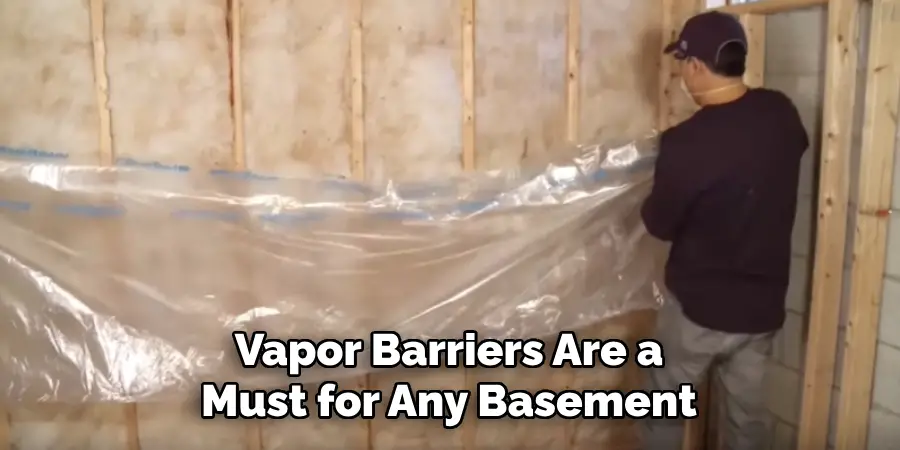
7. Upgrade Your Windows:
If you’re planning on using your basement as a living space, it’s important to make sure that the windows are up to code and can be opened easily in case of an emergency. Look for energy-efficient windows with high U-values (the measure of thermal insulation) so that you can keep your energy costs low and maximize the natural light coming in.
8. Add an Emergency Exit:
If you’re going to be using a basement as living space, it’s important to have an emergency exit. This could be a window or sliding glass door on the lower floor of your home so that you can escape quickly if needed.
9. Invest in Dehumidifier:
A dehumidifier is a must for any basement as it helps reduce the amount of moisture in the air. This can help prevent mold growth and keep your basement dry and comfortable to live in during hot, humid months. Additionally, it will also help make your home smell fresher and cleaner!
Now that you know how to make a basement safe to live in, it’s time to get to work. With the right steps and precautions, you can turn your dingy basement into an inviting living space – one that’s comfortable, healthy, and safe. So don’t wait any longer – get started today!
Additional Tips and Tricks to Make a Basement Safe to Live in
1. Check the Air Quality:
If you’re planning on making your basement a livable space, it’s important to test the air quality in the room. This is especially true if there’s been water damage and mold growth, as these can lead to dangerous toxins that can make living in the space hazardous. If necessary, call a remediation professional to help remove any mold and toxins so that your basement is safe.
2. Add a Carbon Monoxide Detector:
Installing a carbon monoxide (CO) detector in your basement can be the difference between life and death. The deadly gas has no smell or color, so having a CO detector in place is crucial for anyone living in the basement. Be sure to check and replace the batteries regularly so that you can stay safe and protected.
3. Consider a Fire Extinguisher:
Whether you plan on using your basement as living space or storage, it’s always a good idea to have a fire extinguisher in the room. This is especially important if you’re going to be doing activities like cooking or woodworking that could lead to fires. The extinguisher should be mounted close to an exit so it can be accessed quickly in case of an emergency.
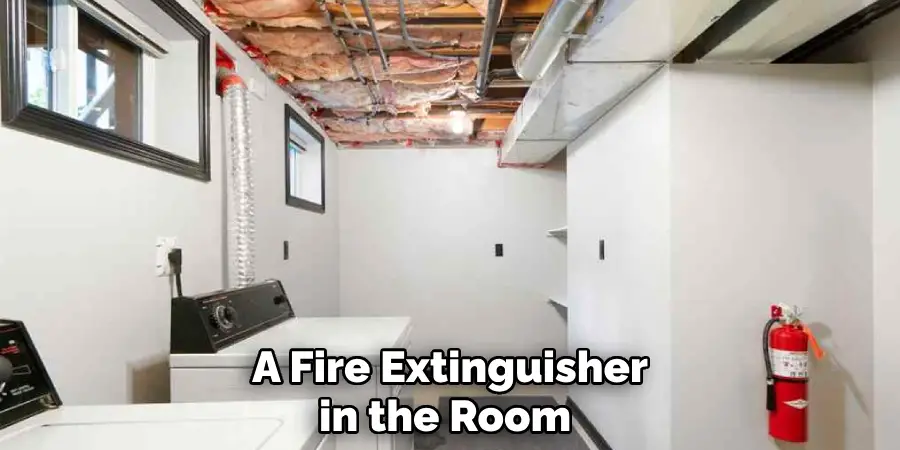
Making your basement safe to live in is an important task that requires time and effort. But with the right steps, you can turn your dingy basement into a comfortable and inviting living space for yourself or your family. Follow these tips on making a basement safe to live in – from inspecting the structure to installing vapor barriers – and you’ll be on your way to a safe and healthy home.
Frequently Asked Questions
Is It Safe to Live in a Basement?
While basements can provide additional living space, there are potential safety and health risks associated with living in a basement. Before making the decision to move into one, homeowners should take steps to make sure the environment is safe and comfortable for their families. This includes checking for potential water damage, mold, pests, and other hazards.
Additionally, proper ventilation should be installed to reduce the risk of moisture buildup and poor air quality. With all these safety precautions in place, living in a basement can be a safe and comfortable option for many homeowners.
What Are Common Hazards of Living in a Basement?
The most common hazards associated with living in a basement include water damage, mold, pests, and poor air quality. Water damage can be caused by flooding or seepage from outside sources such as heavy rain or snow. It is important to frequently check for signs of water damage including damp spots, discoloration, or a musty smell. Mold is another potential hazard that can cause respiratory problems and should be checked for if there are signs of water damage.
Additionally, pests such as mice, rats, and cockroaches may take up residence in the basement and need to be eliminated to keep the living space safe. Finally, poor air quality caused by inadequate ventilation can lead to respiratory problems, so it is important to install proper exhaust fans and other ventilation systems.
What Are the Precautions I Should Take Before Moving Into a Basement?
Before moving into a basement, homeowners should take steps to ensure it is safe and comfortable for their families. This includes checking for signs of water damage, mold, pests, or other hazardous environmental conditions. Additionally, proper ventilation systems should be installed and maintained to reduce the risk of moisture buildup and poor air quality. If there are any concerns about safety, it is best to consult with a professional for advice and assistance on how to make the basement safe and livable.
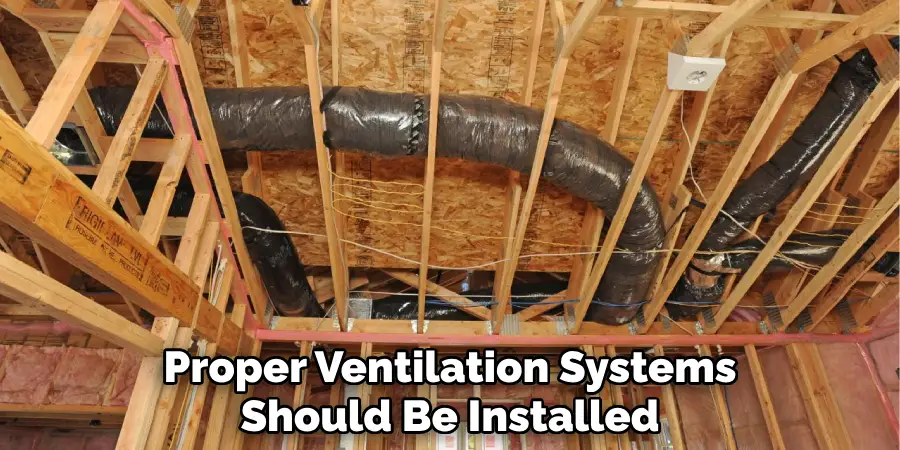
What Are Some Ways to Make a Basement More Comfortable?
Making a basement more comfortable involves addressing issues such as temperature, lighting, noise reduction, and air quality. To address temperature issues, insulation should be installed in the basement walls and ceilings to help maintain a comfortable temperature. Additionally, adequate lighting should be provided throughout the living space for both safety and comfort.
Lastly, noise reduction measures such as carpets or soundproofing panels can help reduce outside noises from entering the basement. Finally, air quality should be monitored to ensure proper ventilation is being maintained and that the air is not overly humid.
Conclusion
Living in a basement is often more affordable and can be a great space to live if done correctly. To ensure safety, the right precautions must be taken. From moisture control to radon mitigation, it’s important to address every potential threat before making the move below ground.
Taking the time to create the perfect living space in your basement can make all the difference when it comes to safety and comfort. And with these tips on how to make a basement safe to live in, you’re now equipped with all you need to get down there and get started.
So, don’t delay – start creating your cozy living quarters today! In addition, consider taking steps toward safeguarding your home from unexpected disasters by investing in insurance coverage that offers comprehensive protection against common threats like theft, fire, lawsuit liability, and more. Protecting your family now helps ensure financial security later on. Plus happiness now!

